Home>Articles>How Far Above The Landing Surface Should An Extension Ladder Extend?
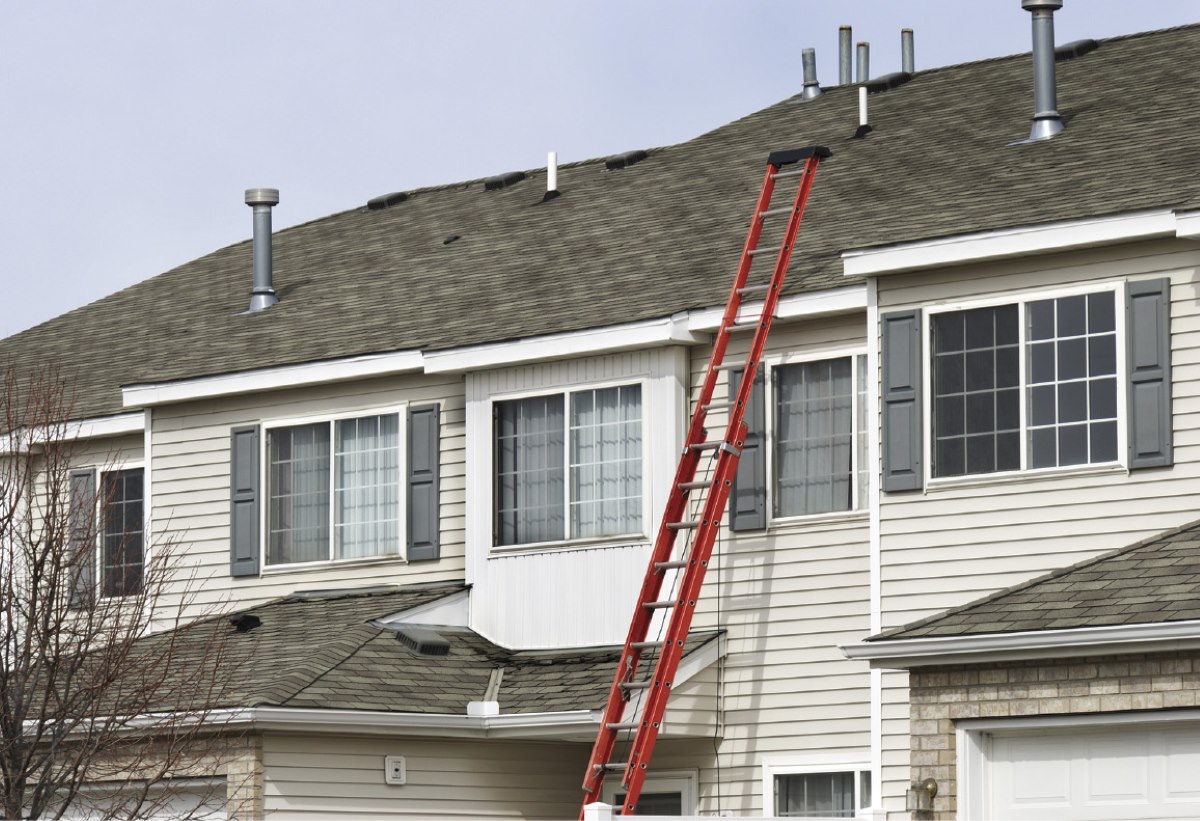

Articles
How Far Above The Landing Surface Should An Extension Ladder Extend?
Modified: April 22, 2024
Learn about the proper extension ladder height for landing surfaces. Our articles provide expert advice on how far above the landing surface an extension ladder should extend.
(Many of the links in this article redirect to a specific reviewed product. Your purchase of these products through affiliate links helps to generate commission for Storables.com, at no extra cost. Learn more)
Introduction
Extension ladders are a common tool used in various industries and residential settings. When using an extension ladder, it is crucial to ensure that it is properly extended above the landing surface to provide stability, reach, and safety for the user. But how far above the landing surface should an extension ladder extend? In this article, we will explore the factors to consider and the recommended guidelines provided by OSHA (Occupational Safety and Health Administration) for extension ladder extension lengths.
Before we delve into the specifics, it’s important to understand the purpose of extension ladders. These versatile ladders are designed to provide additional height for reaching elevated areas, such as rooftops, ceilings, or upper floors. They are made up of two or more sections that can be extended and locked into place, allowing users to adjust the ladder’s height according to their needs.
When determining the extension length of a ladder, several factors must be taken into consideration. These factors include the type of work being done, the height of the landing surface, the angle of the ladder, and the user’s safety. Let’s explore these factors in more detail to better understand the guidelines for determining the correct extension length of an extension ladder.
Key Takeaways:
- Proper extension ladder length is crucial for safety and efficiency. Consider factors like work type, landing surface height, and ladder angle. Adhere to OSHA standards for secure and stable ladder use.
- Avoid common ladder mistakes like insufficient extension, incorrect angle, and overreaching. Regularly inspect and follow safety guidelines for a secure work environment.
Factors to Consider
When determining the extension length of an extension ladder, there are several important factors to consider:
- Type of Work: The nature of the work being performed is a critical factor in determining the appropriate ladder extension length. For example, if you are planning to clean gutters or paint the exterior of a building, you will likely need a ladder that extends higher than if you were doing simple tasks like changing a lightbulb.
- Height of the Landing Surface: The height of the landing surface, also known as the working height, is another significant consideration. It is essential to measure the distance from the ground to the area you need to reach. This measurement will help you determine the minimum required height of the ladder when fully extended.
- Angle of the Ladder: The angle at which the ladder is set up plays a role in determining the extension length. OSHA recommends setting up extension ladders with a 75.5-degree angle, which is the equivalent of positioning the base of the ladder one-quarter of the working length away from the vertical surface. This angle provides optimal stability and reduces the risk of ladder tip-over.
- User’s Safety: The safety of the user should always be a top priority. It is vital to follow proper ladder safety practices, such as maintaining three points of contact, using the ladder on stable ground, and ensuring that the ladder extends adequately above the landing surface for a secure foothold.
By considering these factors, you can determine the appropriate extension length for your extension ladder, ensuring a safe and efficient working environment. Additionally, it is crucial to familiarize yourself with the guidelines set forth by OSHA to ensure compliance with safety standards.
OSHA Standards for Extension Ladders
When it comes to extension ladder safety, OSHA has established guidelines to ensure the well-being of workers and minimize the risk of accidents. These guidelines outline the standards for extension ladder extension lengths and provide valuable insights into ladder safety practices. Here are some key points from OSHA’s standards:
- Minimum Extension Length: OSHA requires that the extension ladder extends at least three feet above the landing surface. This extension provides a secure foothold for the user during ascent and descent and helps prevent accidents caused by the ladder slipping off the surface or toppling over.
- Maximum Extension Length: OSHA also sets a maximum extension length for extension ladders. According to their standards, extension ladders should not be extended beyond their maximum working length, which is typically 20 feet for most commercial and industrial applications.
- Securely Locked Extension: OSHA mandates that extension ladders must be securely locked in place when extended. This ensures stability and reduces the risk of sudden collapses or ladder failure during use.
- Weight Capacity: It’s essential to consider the weight capacity of the ladder when determining the extension length. OSHA requires that the ladder can support at least four times the maximum intended load, which includes the weight of the user, tools, and equipment.
- Regular Inspection: OSHA recommends regular inspection of extension ladders to identify any signs of wear and tear, such as bent or damaged rungs, cracked side rails, or loose connections. Inspecting the ladder before each use helps ensure its structural integrity and minimizes the risk of ladder failure.
By adhering to these OSHA standards, employers and workers can maintain a safe work environment and prevent ladder-related accidents. It is crucial to familiarize yourself with these guidelines and incorporate them into your ladder usage practices.
Proper Extension Length for Residential Use
When it comes to using extension ladders for residential purposes, it is important to determine the proper extension length to ensure safety and efficiency while working at heights. Here are some guidelines to consider for residential use:
- Minimum Extension Length: As a general rule, it is recommended to extend the ladder at least 3 feet above the landing surface. This extension ensures a secure foothold when climbing on and off the ladder and helps prevent accidents caused by instability.
- Working Height: Measure the height of the area you need to reach and add the length of the ladder itself to determine the minimum required extension length. For example, if the working height is 15 feet and the extension ladder is 10 feet in length, you would need an extension length of at least 18 feet.
- Avoid Overreaching: It is important to avoid overreaching while working on an extension ladder. Overreaching can lead to instability and increase the risk of falling. Make sure that the area you plan to work on is within a comfortable reach without having to stretch or lean excessively.
- Secure Locking Mechanism: Ensure that the extension ladder has a reliable locking mechanism to securely hold the ladder in place at the desired height. The ladder rung locks should engage properly to prevent sudden collapses or ladder failure during use.
- Stable Footing: Place the base of the ladder on a stable and level surface to maintain stability while ascending and descending. Avoid using the ladder on soft or uneven ground, as this can compromise its stability and increase the risk of accidents.
- Follow Manufacturer Guidelines: Always refer to the manufacturer’s instructions and guidelines for the specific extension ladder you are using. Different ladder models may have specific recommendations for extension length and usage, so it’s important to follow their instructions to ensure safety.
By following these guidelines, homeowners can safely and effectively use extension ladders for various residential tasks, such as cleaning gutters, painting, or accessing higher areas around the house.
An extension ladder should extend at least 3 feet above the landing surface for safe and easy access. This provides a secure handhold when getting on and off the ladder.
Proper Extension Length for Commercial Use
In commercial settings, extension ladders are often used for a wide range of tasks, including construction, painting, maintenance, and more. It is crucial to determine the proper extension length for commercial use to ensure the safety and efficiency of workers. Here are some guidelines to consider:
- Minimum Extension Length: As with residential use, it is recommended to extend the ladder at least 3 feet above the landing surface for commercial applications. This extension provides a secure foothold and reduces the risk of accidents caused by ladder instability.
- Working Height: Measure the height of the area you need to reach and add the length of the ladder to determine the minimum required extension length. Consider the tasks involved, such as reaching ceilings, rooftops, or other elevated areas, and ensure that the ladder is extended to a height that allows safe and efficient completion of those tasks.
- Weight Capacity: Commercial use often involves carrying heavy tools and equipment on the ladder. It is crucial to consider the weight capacity of the ladder and ensure that it can support the combined weight of the user and the load. Adhere to the manufacturer’s weight capacity specifications to prevent ladder failure and accidents.
- Stabilization and Tie-Off: In commercial applications where the ladder may be subject to movement or high winds, it is important to secure the ladder to prevent it from tipping or sliding. This can be done by using ladder stabilizers or tying it off to a secure anchor point. Follow the manufacturer’s instructions and OSHA guidelines for proper ladder stabilization and tie-off techniques.
- Regular Inspection and Maintenance: Commercial use puts the ladder under more rigorous conditions, increasing the likelihood of wear and tear. Regularly inspect the ladder for any signs of damage, such as bent rungs, cracked side rails, or loose connections. Replace or repair any damaged components to ensure the ladder’s structural integrity.
- Training and Safety Protocols: Proper training and adherence to safety protocols are crucial in commercial settings. Employers should provide comprehensive ladder safety training to employees and ensure that they are familiar with proper ladder usage techniques, including extension length requirements. Supervisors should monitor compliance with safety protocols to prevent accidents.
By following these guidelines, commercial users can ensure the safe and efficient use of extension ladders in various work environments, prioritizing the well-being of workers and preventing accidents.
Read more: How Far Above Cooktop Should Hood Be
Determining the Correct Extension Length
Determining the correct extension length of an extension ladder is essential to ensure safety and efficiency while working at heights. Here is a step-by-step guide to help you determine the correct extension length:
- Assess the Task: Consider the nature of the task you need to perform. Determine the height of the area you need to reach and evaluate the requirements of the job.
- Measure the Working Height: Use a measuring tape to determine the height from the ground to the area you need to reach. This measurement will help you determine the minimum required extension length.
- Account for Overlapping Sections: When extending an extension ladder, each section will overlap with the one below it. Ensure that you account for this overlap when measuring the extension length. Typically, the overlap is around 1 to 1 1/2 feet.
- Consider the Angle of the Ladder: Set up the ladder at the recommended angle of 75.5 degrees, which corresponds to positioning the base of the ladder one-quarter of the working length away from the vertical surface. This angle provides optimal stability for the ladder.
- Calculate the Required Extension Length: Add the working height measurement, the overlap measurement, and the distance from the base of the ladder to the vertical surface. This calculation will give you the minimum extension length required for the task.
- Check for Safety Margin: It is always recommended to have a safety margin when determining the extension length. Consider adding an extra foot or two to the calculated extension length to provide additional stability and ensure a secure foothold.
Remember to follow any manufacturer guidelines or recommendations specific to your extension ladder model. Different ladder models may have varying extension length requirements based on their design and intended use.
By following these steps and considering safety factors, you can accurately determine the correct extension length for your extension ladder, allowing for safe and efficient work at heights.
Common Mistakes to Avoid
When using an extension ladder, it is important to be aware of common mistakes that can compromise safety and effectiveness. By avoiding these mistakes, you can ensure a secure and efficient working environment. Here are some common mistakes to avoid:
- Insufficient Extension Length: Failing to extend the ladder above the landing surface adequately is a common mistake. Always make sure to extend the ladder at least 3 feet above the intended landing surface to provide a secure foothold and prevent accidents caused by instability.
- Incorrect Angle of the Ladder: Setting up the ladder at an incorrect angle can lead to instability and tip-over. Always follow the recommended angle of 75.5 degrees, positioning the base one-quarter of the ladder’s working length away from the vertical surface.
- Overreaching: Overreaching is a common mistake that can lead to loss of balance and falling. Avoid leaning too far to the side while on the ladder and make sure the area you need to reach is within a comfortable reach without stretching or straining.
- Using on Unstable Ground: Placing the ladder on unstable ground, such as soft or uneven surfaces, increases the risk of accidents. Always ensure that the ladder is set up on a stable and level surface to maintain its stability during use.
- Ignoring Weight Capacity: Overloading the ladder is a dangerous mistake. It is critical to consider the weight capacity of the ladder and ensure that it can support the combined weight of the user and any tools or equipment being carried.
- Skipping Regular Inspection: Neglecting to regularly inspect the ladder for signs of wear and damage can compromise its stability. Check for any bent or damaged rungs, cracked side rails, or loose connections before each use to ensure the ladder is in good condition.
- Ignoring Safety Guidelines: Disregarding safety guidelines and protocols is a significant mistake. It is essential to follow manufacturer recommendations, OSHA standards, and any applicable regulations to ensure the safe and proper use of the ladder.
By avoiding these common mistakes and practicing proper ladder safety techniques, you can reduce the risk of accidents and ensure a safe working environment when using an extension ladder.
Conclusion
Choosing the correct extension length for an extension ladder is vital to ensure the safety and effectiveness of your work at heights. By considering factors such as the type of work, height of the landing surface, ladder angle, and user safety, you can determine the appropriate extension length for your specific needs.
It is essential to adhere to the standards and guidelines set forth by OSHA. These include extending the ladder at least 3 feet above the landing surface, using a secure locking mechanism, and ensuring the ladder’s weight capacity can support the user and any additional load.
In residential settings, homeowners should consider factors such as the minimum extension length, working height, and stability of the ladder on a level surface. By following proper ladder safety practices and manufacturer guidelines, homeowners can safely accomplish various tasks around the house.
In commercial settings, employers and workers must account for additional considerations, such as weight capacity, ladder stabilization, and regular inspection. Providing proper training and enforcing safety protocols are crucial in ensuring the well-being of workers and compliance with safety standards.
Avoiding common mistakes such as insufficient extension length, incorrect ladder angle, overreaching, and using the ladder on unstable ground is essential to prevent accidents and ensure a secure work environment. Regularly inspecting the ladder and following safety guidelines will help maintain its structural integrity and functionality.
In conclusion, determining the correct extension length for an extension ladder requires careful consideration of various factors. By prioritizing safety, following guidelines and regulations, and practicing proper ladder usage techniques, you can confidently and effectively complete tasks at height while mitigating the risk of accidents.
Frequently Asked Questions about How Far Above The Landing Surface Should An Extension Ladder Extend?
Was this page helpful?
At Storables.com, we guarantee accurate and reliable information. Our content, validated by Expert Board Contributors, is crafted following stringent Editorial Policies. We're committed to providing you with well-researched, expert-backed insights for all your informational needs.
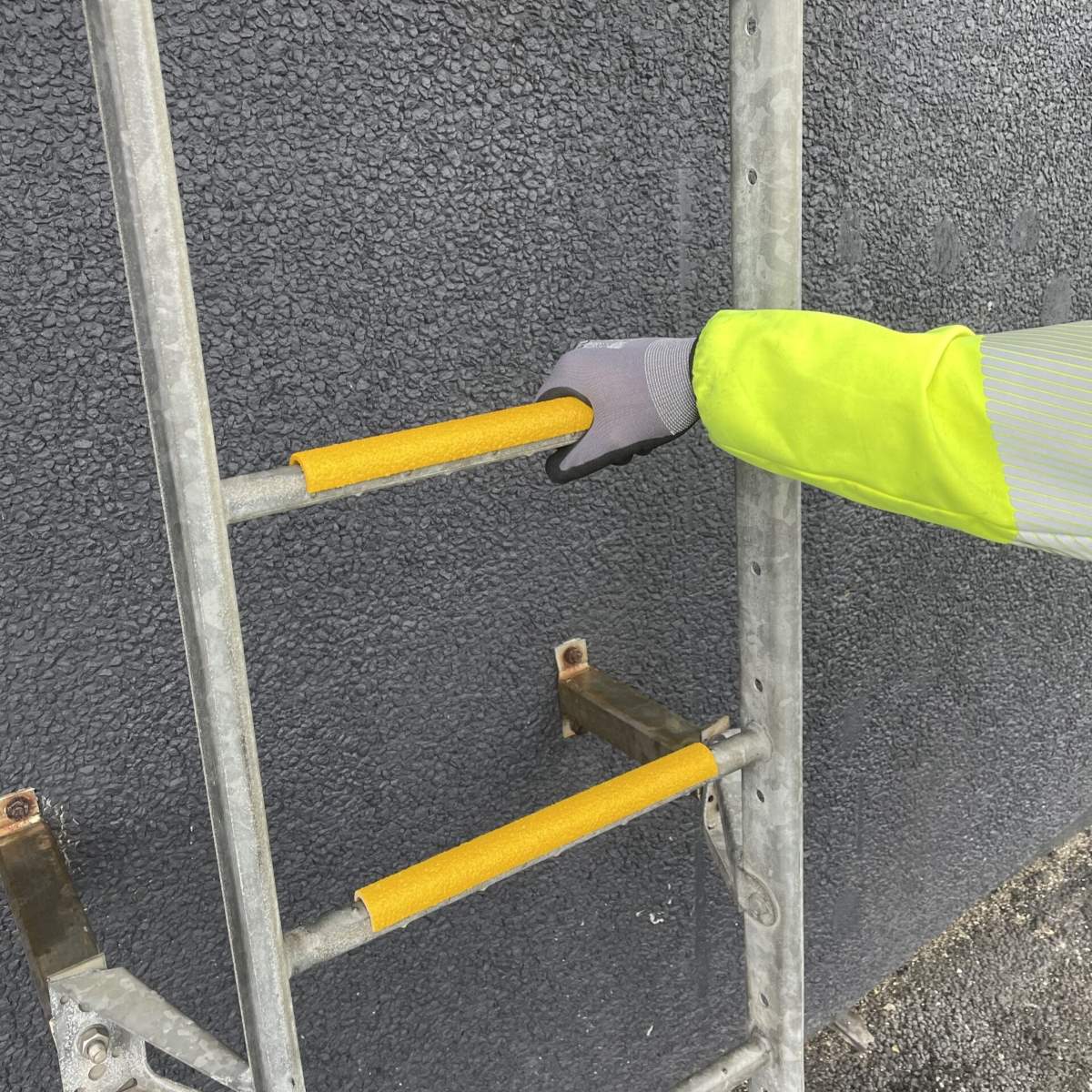
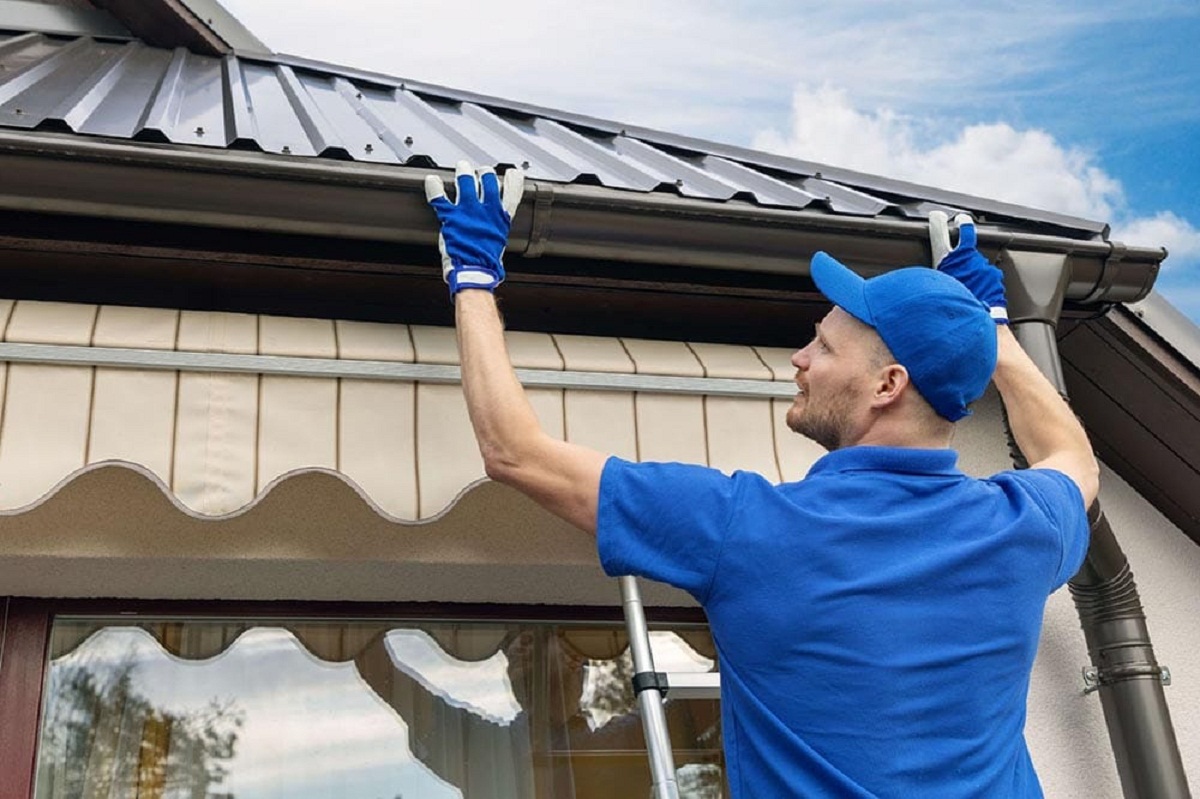


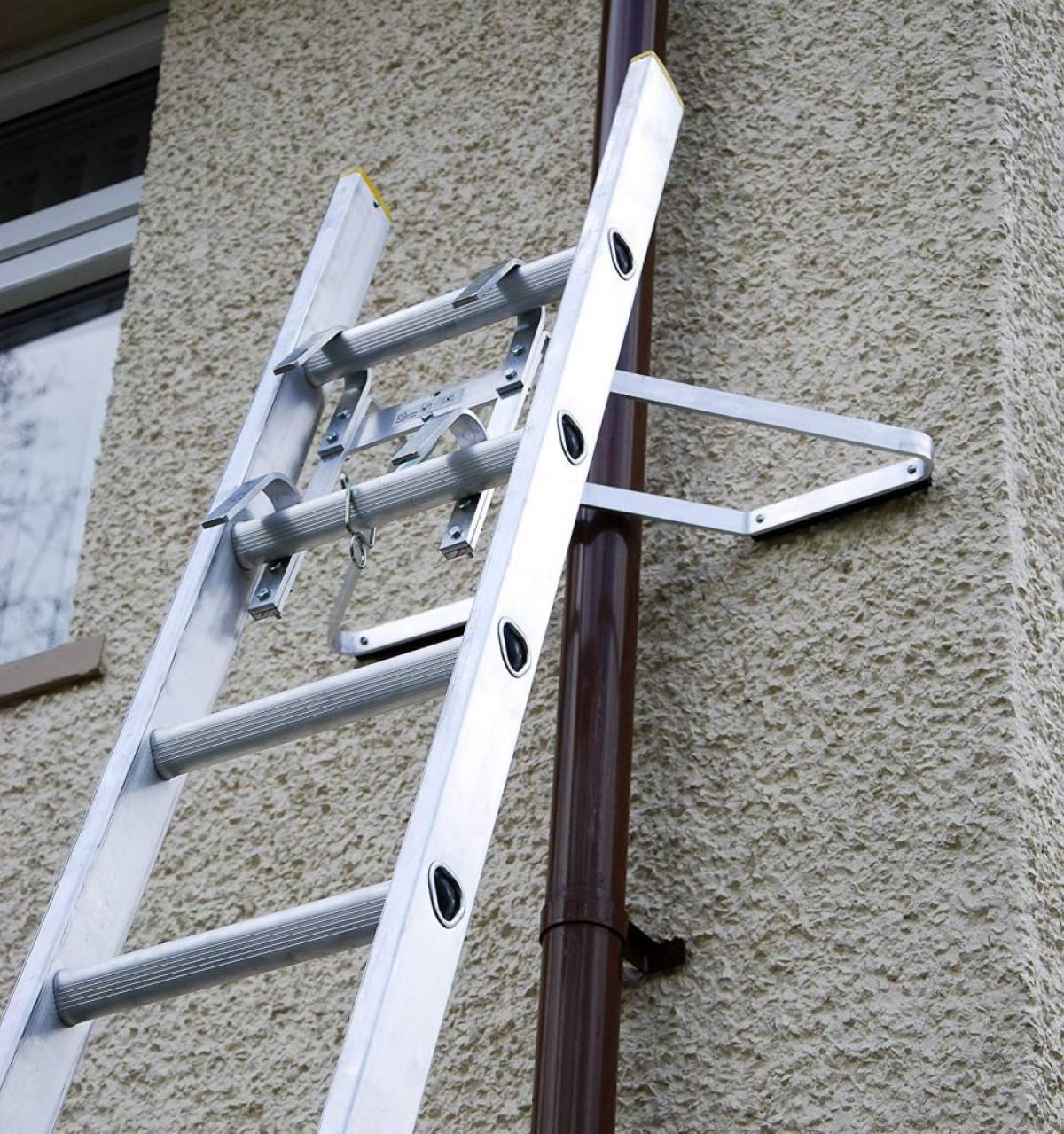
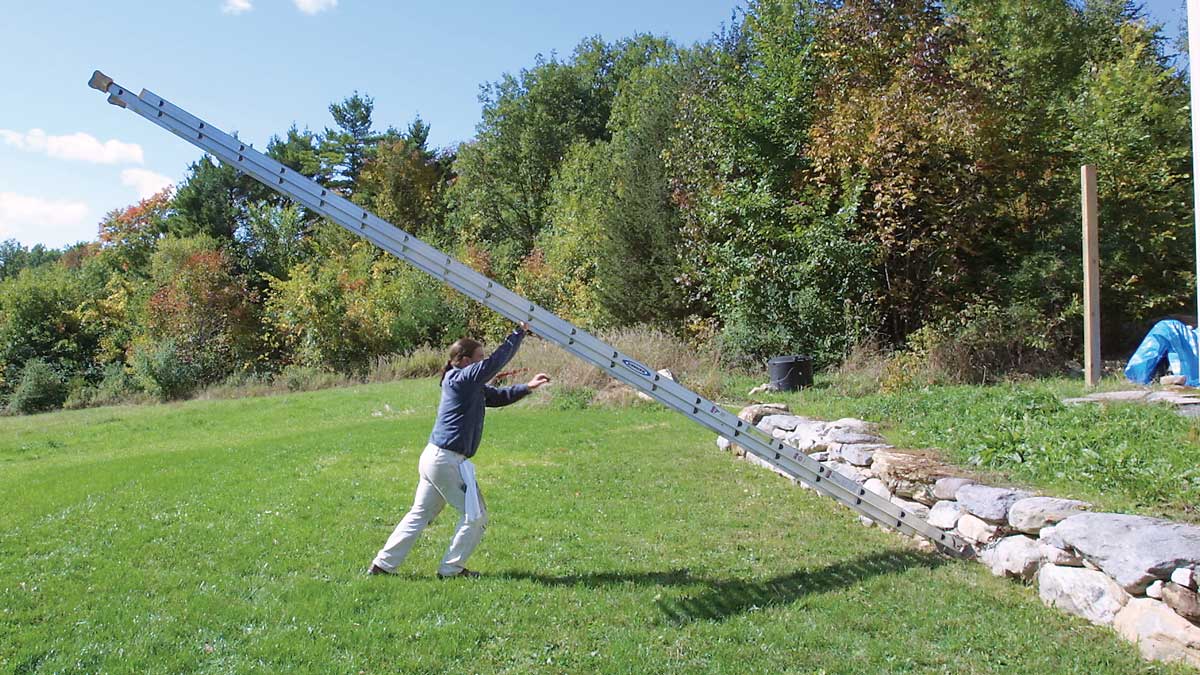


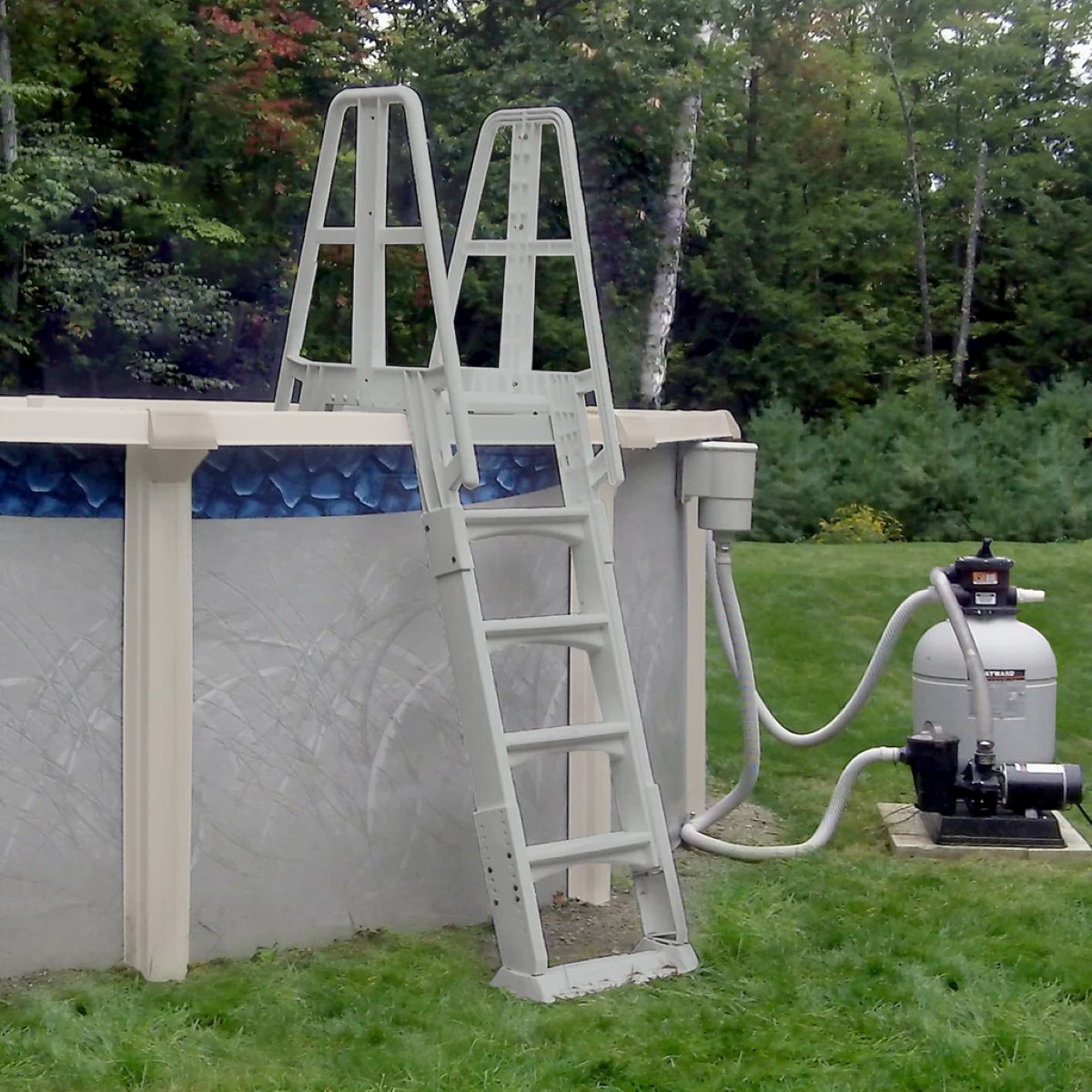


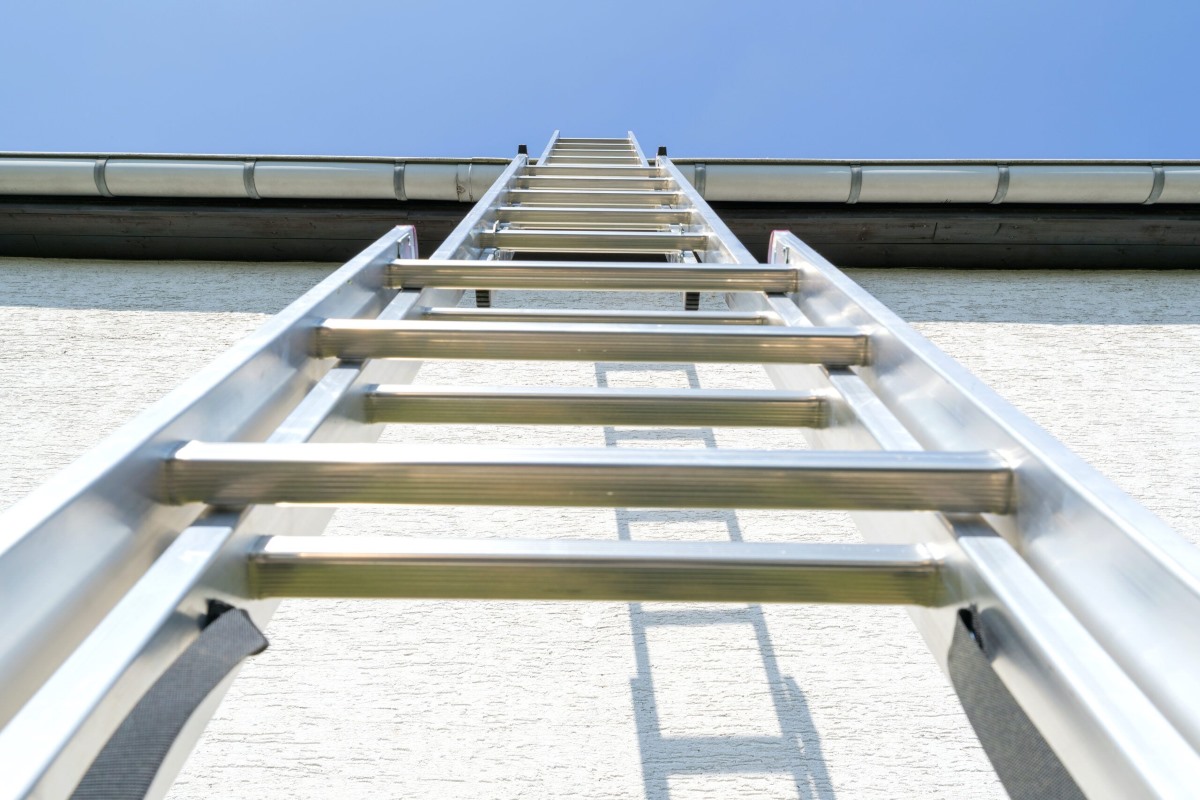



0 thoughts on “How Far Above The Landing Surface Should An Extension Ladder Extend?”